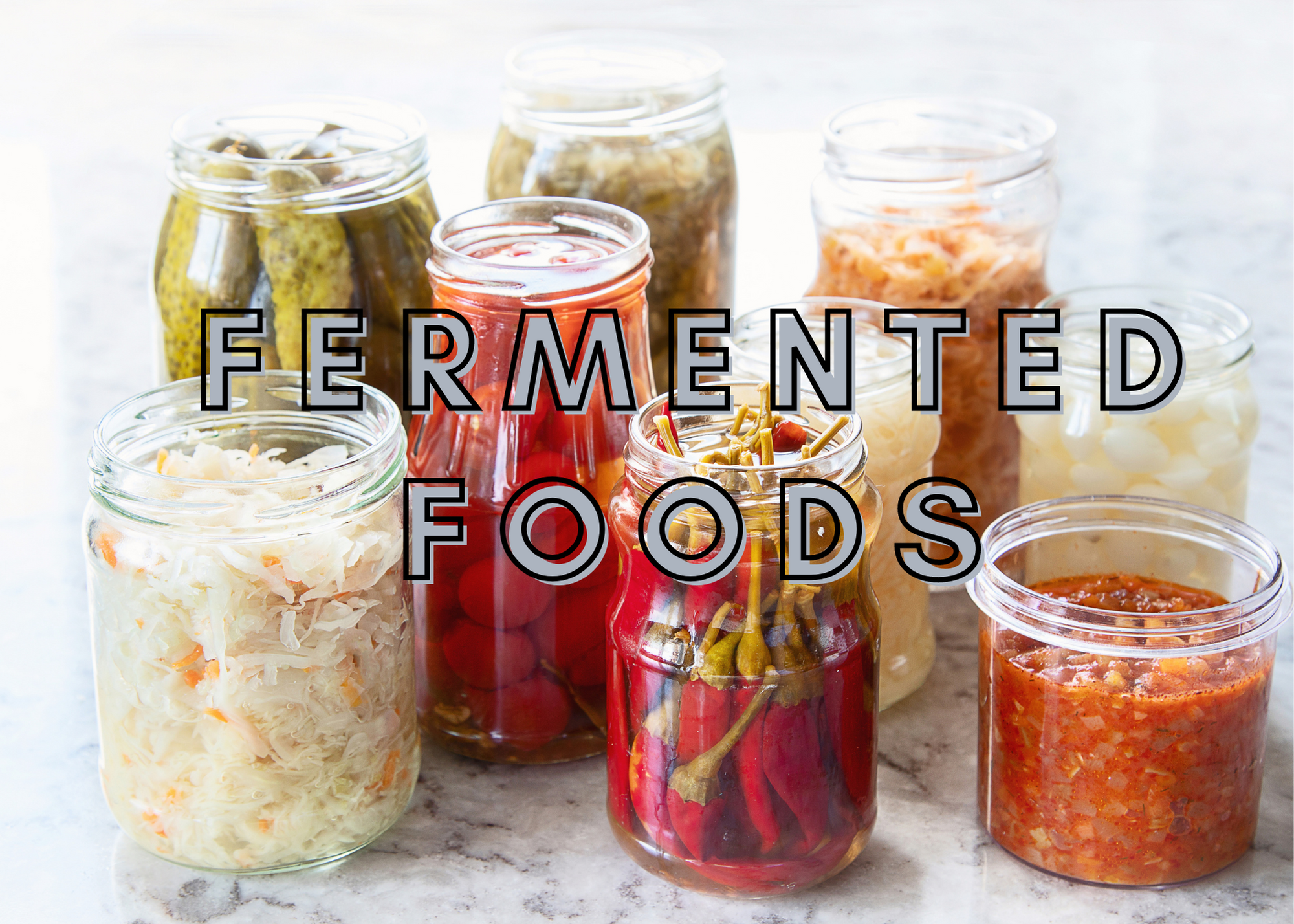Humans have used fermentation since the beginning of time. It is the oldest method of food preservation and one of the first forms of medicine. All cultures across the world have fermentation as part of their cultural food history. Some examples include: sauerkraut in Central Europe, kimchi in Korea, miso in Japan, coffee in South America, Southeast Asia and East Africa, cheeses in Western Europe, cured meats in Southwestern Europe. Then we have wine, beer, and other alcohols from around the world, which are all created with fermentation.
Probiotics have become the new buzzword in the media, but cultures throughout history have been using fermentation as a way to preserve foods before refrigeration and a practice to heal their gut biome. Vinegar is thought to be the second oldest fermented food after wine. The Greek, Chinese, Egyptian, Sumerian, Roman, and Persian cultures valued vinegar. Hippocrates even prescribed drinking vinegar to his patients.
Most current research focuses on fermented dairy products. However, you can culture vegetables such as cabbages, carrots, garlic, olives, cucumbers, onions, turnips, radishes, cauliflower, and peppers. Also, fruits such as apples and berries, have been cultured. Salt plays a pivotal role in traditional fermentation by creating conditions that favor the bacteria, preventing the growth of microorganisms, pulling water and nutrients from the substrate, and adding flavor.
The earliest record of fermentation dates as far back as 6000 B.C. to the Fertile Crescent Valley, and nearly every civilization since has included at least one fermented food in its culinary heritage. In some cases, fermentation is a critical component to food safety beyond preservation.
Fermented foods have been used in Eastern cultures for medicinal purposes throughout history, and their role in health can be traced to ancient Rome and China, and remain an area of great interest for researchers in modern times.
Research evidence-based reviews indicate that certain strains of probiotics contribute to the microbial balance of the gastrointestinal tract. They support the immune system and reduce inflammation in the gut.
The best strategy is to reintroduce beneficial bacteria to improve digestive function and rebalance the intestinal flora. While probiotic supplementation is widely utilized, we prefer using a “food first” approach by recommending naturally fermented foods versus supplements that come from labs.
We often recommend to our clients to seek small batch providers of fermented foods vs. large commercial providers when selecting quality sources.
Pickles, for example, were naturally fermented through lacto-fermentation, which is why some people use the terms “pickled” and “fermented” synonymously. Lacto-fermentation is the process by which bacteria breaks down the sugars in foods and form lactic acid. However, in modern times, among large-scale food manufacturers, vegetables are washed in diluted chlorine solutions to destroy or inactivate existing microflora, and acetic acid (which, along with water, is a main component of vinegar) is used instead of lactic acid. Of the few commercially available pickles that are lacto-fermented, most are heat processed or pasteurized to create a sterile product. Others are “desalted” or rinsed, likely removing any beneficial bacteria that may have been present.
Lacto-fermented foods work best from both quality and food safety perspectives when produced in small batches. You can always learn to make these foods in your own kitchen with proper techniques, or there are small-scale operations that pride themselves in reinvigorating the fermented foods market. We’re thankful that so many health food stores and grocery stores are starting to catch on and sell these products. You can also find quality fermented foods at farmer’s markets and local Eastern grocery stores. For more information about which products and foods we recommend, we here at Fast Eat Live are here to help you.




